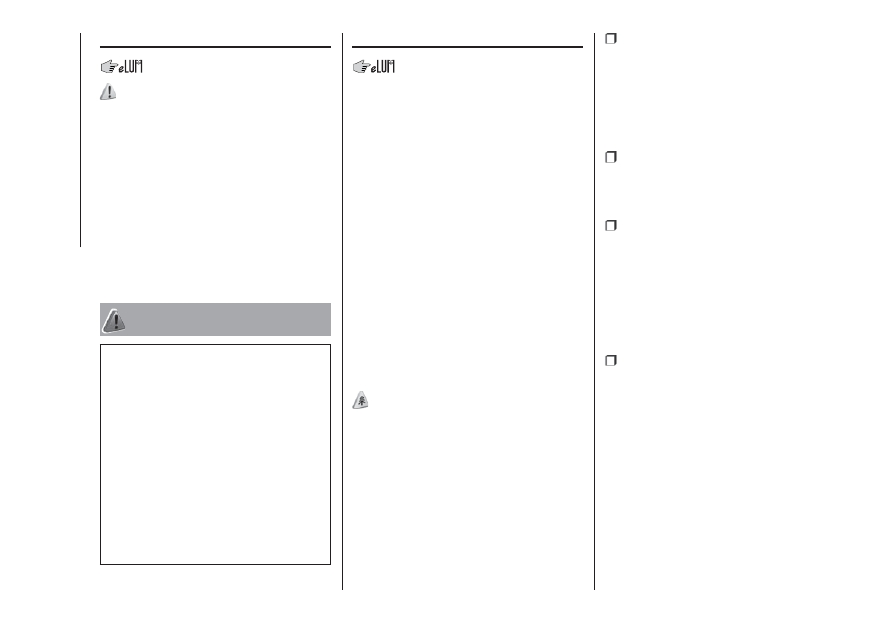Fiat 500L Living (2019 year). Manual - part 10

WHEELS AND TYRES
187) 188) 189) 190)
Check the pressure of each tyre,
including the space-saver spare wheel,
approximately every two weeks and
before long journeys: the pressure
should be checked with the tyre rested
and cold.
It is normal for the pressure to increase
when the car is used; for the correct
tyre inflation pressure, see the “Wheels”
paragraph in the “Technical
specifications” chapter.
WARNING
187) Remember that the road holding
qualities of your car also depend on
correct tyre pressures.
188) If tyre pressure is too low, the tyre
may overheat and be severely damaged as
a result.
189) Do not switch tyres from the
righthand side of the vehicle to the
lefthand side, and vice versa.
190) Never submit alloy rims to repainting
treatments requiring the use of
temperatures exceeding 150°C. The
mechanical properties of the wheels could
be impaired.
BODYWORK
PRESERVING THE
BODYWORK
Paintwork
Paintwork does not only serve an
aesthetic purpose, but also protects the
underlying sheet metal.
Normal care for paintwork consists of
washing the car; how often depends on
the conditions and environment where
the car is used. For example, in highly
polluted areas, or if the roads are
spread with salt, it is advisable to wash
the car more frequently.
IMPORTANT Bird droppings must be
washed off immediately and thoroughly
as the acid they contain is particularly
aggressive.
6)
Versions with matt paintwork
These versions have exclusive matt
paintwork which requires special care
for its preservation. The instructions for
good preservation follow below:
avoid washing with rollers and/or
brushes in washing stations. Then,
wash the vehicle, only by hand, using
pH-neutral detergents; dry it with a wet
chamois leather. Abrasive products
and/or polishes should not be used for
cleaning the car.
Bird droppings must be washed off
immediately and thoroughly as the
acid they contain is particularly
aggressive.
Avoid (if at all possible) parking the
car under trees; remove vegetable
resins immediately as, when dried, it
may only be possible to remove them
with abrasive products and/or polishes,
which is highly inadvisable as they
could alter the typical opaqueness of
the paint.
Do not use pure windscreen washer
fluid for cleaning the windscreen and
the rear window: dilute it to at least
50% with water.
Some versions are fitted with exclusive
decorations on the door mirror covers;
do not use pressurised or high-
temperature jets of water when
washing them.
152
SER
VICING
AND
CARE